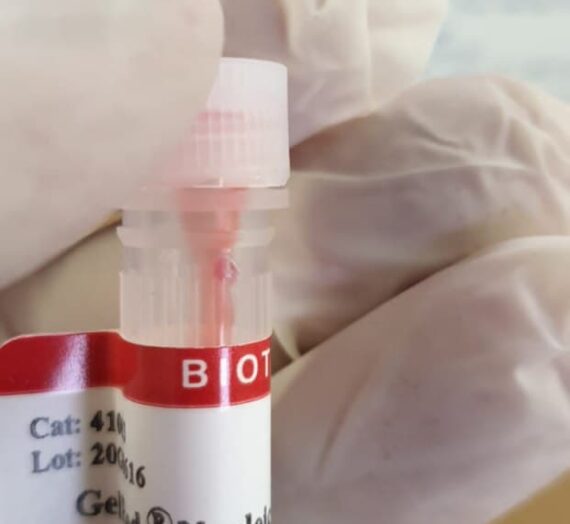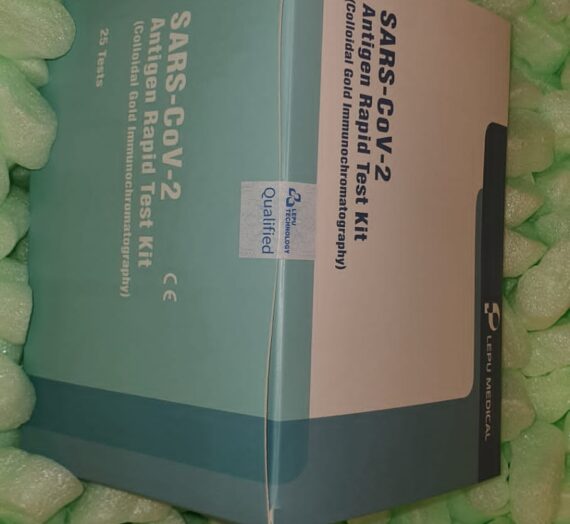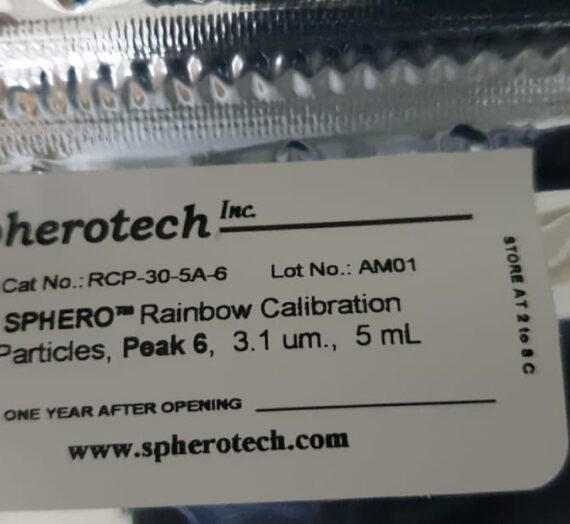Current diagnostic instruments to find out an infection with the helminth parasite Onchocerca volvulus have restricted efficiency traits. In earlier research, a proteome-wide display screen was performed to establish linear epitopes on this parasite’s proteome, leading to the discovery of 1110 antigenic peptide fragments.
Here, we investigated three of these peptides utilizing peptide ELISA’s and evaluated their sensitivity and specificity.
Epitope mapping was carried out, and peptides had been constructed that contained solely the minimal epitope, flanked by a linker. Investigation of the efficiency of these minimal epitope peptides demonstrated that every one three of them have a specificity (as outlined by lack of response in non-helminth-infected people) of 100%, low cross-reactivity (5.6%, 5.6%, and 9.3%, respectively), however low sensitivity (36.9%, 46.5%, and 41.2%, respectively).
Some cross-reactivity was noticed in samples from people contaminated with soil-transmitted helminths or Brugia malayi. Combining these three minimal epitopes in a single peptide, known as OvNMP-48, resulted in a efficiency that exceeded the sum of the particular person epitopes, with a sensitivity of 76.0%, a specificity of 97.4%, and a cross-reactivity of 11.1%.
Cross-reactivity was noticed in some STH and Brugia malayi-infected people. This work opens the alternative to begin exploring how these novel linear epitope markers may grow to be half of the O. volvulus diagnostic toolbox.

A Collaborative Study Comparing Three ELISA Systems for Detecting Staphylococcus aureus Enterotoxin A in Sausage Extracts.
Three ELISA’s for the detection of staphylococcal enterotoxin A (SEA) had been evaluated by a collaborative check in 5 laboratories for doable use in high quality management laboratories. Two ELISA’s gave quantitative outcomes utilizing polyclonal antibodies (PCA) or monoclonal antibodies (MCA); the third was the commercially accessible qualitative FEY ELISA check utilizing PCA.
Test samples comprised ripened and unripened sausage alone or spiked with 10 μg or 1 μg SEA/100 g, the latter representing a minimal emetic dose.
The quantitative MCA ELISA gave extra dependable and delicate outcomes with decrease non-specific background responses, decrease customary deviations and coefficients of variation than the PCA ELISA; nevertheless, the restoration of enterotoxin concentrations from extracts was decrease, which was extra distinct in unripened than in ripened sausage.
The MCA ELISA gave decrease values of absolute response however extra dependable outcomes for extracts from sausage spiked with 1 μg SEA/100 g. The FEY ELISA gave adequate dependable leads to our experiments with sausage extracts and seems to be sufficient for controlling suspicious uncooked supplies and meals merchandise.




